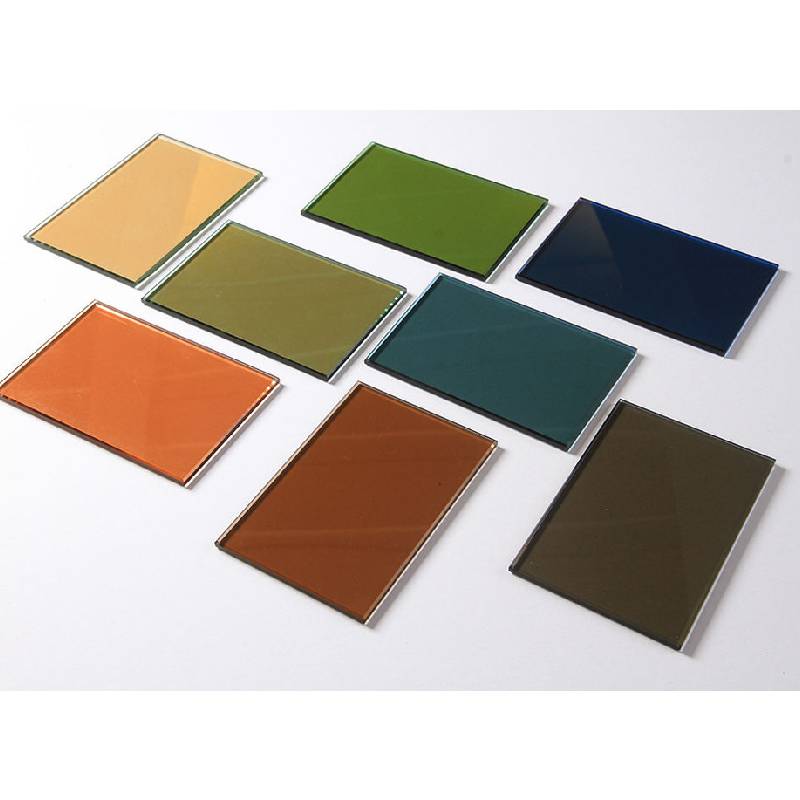

The Art and Science of Colored Float Glass
Colored float glass is a remarkable material that blends artistry and engineering, capturing the imagination of architects, artists, and interior designers alike. Float glass, known for its high quality and smooth finish, forms the foundation of various architectural and decorative applications. When color is introduced, the material transforms, offering vibrant aesthetics and an array of functional benefits.
The process of creating colored float glass begins with the traditional float glass manufacturing method. Molten glass is poured onto a bed of molten tin, where it spreads out and forms a flat sheet. This method guarantees a uniform thickness and an exceptionally flat surface. To introduce color, various metal oxides are added to the glass batch before melting. For instance, cobalt oxide produces blue glass, chromium oxide yields green tones, and selenium can impart red hues. The careful selection and combination of these colorants allows for an extensive palette, enabling designers to craft the desired atmosphere and style.
One of the key benefits of colored float glass lies in its versatility. It can be customized to suit diverse applications, from large-scale commercial projects to intimate residential settings. In architecture, colored glass can be used for facades, partitions, skylights, and windows, enhancing both the aesthetic appeal and energy efficiency of a building. Colored glass not only adds a striking visual element but also plays a crucial role in controlling solar heat gain and glare, thus contributing to a comfortable indoor environment.

In interior design, colored float glass finds its way into furniture, countertops, and decorative accents
. The translucence and reflective qualities of colored glass can create stunning visual effects, making spaces feel larger, brighter, and more dynamic. For example, using colored glass in space dividers or window treatments can filter natural light, infusing rooms with colorful shadows and highlights that change throughout the day.Moreover, colored float glass can also be used in artistic expressions. Artists and craftsmen harness its unique properties to create sculptures, mosaics, and stained glass works. The ability to manipulate colored glass allows for intricate designs that can ripple, refract, or reflect light, resulting in pieces that captivate observers with their beauty and complexity. The interplay of color and light also engages the viewer’s senses, eliciting emotional responses and evoking memories.
Aside from its stunning appearance, colored float glass is highly durable and environmentally friendly. It is resistant to weather and UV radiation, ensuring that color integrity lasts over time without fading. Furthermore, glass is endlessly recyclable, making it a sustainable choice in today’s eco-conscious world. Manufacturers are increasingly adopting green practices in the production of float glass, minimizing waste and energy consumption.
In conclusion, colored float glass embodies a perfect synergy between art and technology. It serves not only as a functional material for modern architecture and design but also as a medium for artistic expression. With its vast range of colors and applications, colored float glass continues to inspire creativity and innovation. As we advance toward a more sustainable future, the role of colored float glass is likely to expand, offering even more possibilities for aesthetic enhancement and environmental responsibility in our built environments. Whether enhancing the facade of a skyscraper or adding a touch of elegance to a home, colored float glass proves that beauty and utility can indeed coexist harmoniously.